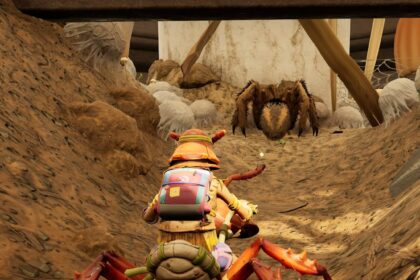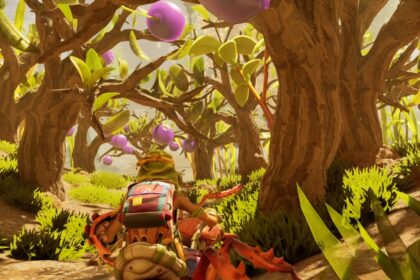City builder games have been on the rise lately, with more and more games popping out that let you make your own colonies or cities. These games usually have certain resources that you need to take care of so that the people inside your city remain happy. Often times these stuff like building materials or luxuries, but there’s always one simple thing that they want to survive and that’s food. Farming in Farthest Frontier may sound simple but it’s actually quite complex, and in this Complete Crop Farming guide, we’ll show you how farming works in the game.
Complete Crop Farming Guide For Farthest Frontier
Food is an important resource for a growing city, and it literally can’t exist without it. That’s why making food is always the priority specially when your city is continuously growing. There are different ways on getting food in the game like hunting deer, but as population increases so does the demand for more food. Hunting doesn’t become viable anymore to feed the hungry masses and that’s when you move to farming.
At the earlier parts of the game, a great way to get food is through blueberry farming. It doesn’t scale well but it’s a great starting food source, and when you select a Blueberry bush you can actually move them somewhere else to make it more efficient.
Harvesting wild berries can only do so much though and that’s when we start actual farming. Before we do so it is highly suggested that you make a Compost Yard. Not only does it make fertilizer for your farm but also removes the wastes from houses. Remember that it takes a while for fertilizer to be made so it’s great to make one as early as possible.
When you press “F” on your keyboard you’ll see the Fertility map mode. There the game will show what parts of the map is most fertile, with green being the best in fertility.
Before you place farms onto that fertile soil though, it’s best to make a fence first. This is so that wild animals won’t get your precious food. It’s a big wood investment but it’s well worth it.
To make a farm you’ll need to go to the buildings menu and select it under Food Production. After doing so you can then click and drag to place a farm where you wish.
Once you’ve placed a farm you can then select it and then a menu will appear like the one below. There you can assign how many workers will be there to work on the fields.
Each field will have three main stats, Fertility, Weed Level and Rockiness. When you first create a field, it will usually have a high weed level and some rockiness.
To remove that you’ll need to click on the button that says add crops and actually choose the icon above which is to do field maintenance. It takes a while but it does remove all the weeds and lowers rockiness which is what we want for our farm.
To increase Fertility, you need to plant clovers. Clovers have high frost and heat tolerance, that’s why the best time to plant these is at the start of a new season and at the very end as well.
Your people can’t eat clovers though so what we actually need after increasing fertility is to plant edible crops. I say edible because there are certain crops that aren’t really great for starting farming. You would think that wheat is a great crop to grow but at early stages you can’t process it and thus can’t eat it. Flax is also a no-no because it’s used to make clothes.
The best crop to grow at the start is either peas or beans. Beans have a high heat tolerance so they can be planted relatively early in summer. Meanwhile, peas have a high frost tolerance and thus is great to be planted and harvested near winter.
Congratulations you now know how to start farming in Farthest Frontier. Now go out there and start working those fields. Many thanks to Kysen for showing everyone how to do farming in the game. If you need more information like on crop diseases or statistics check his video out here: Farthest Frontier – FULL CROP FARMING GUIDE! – YouTube













